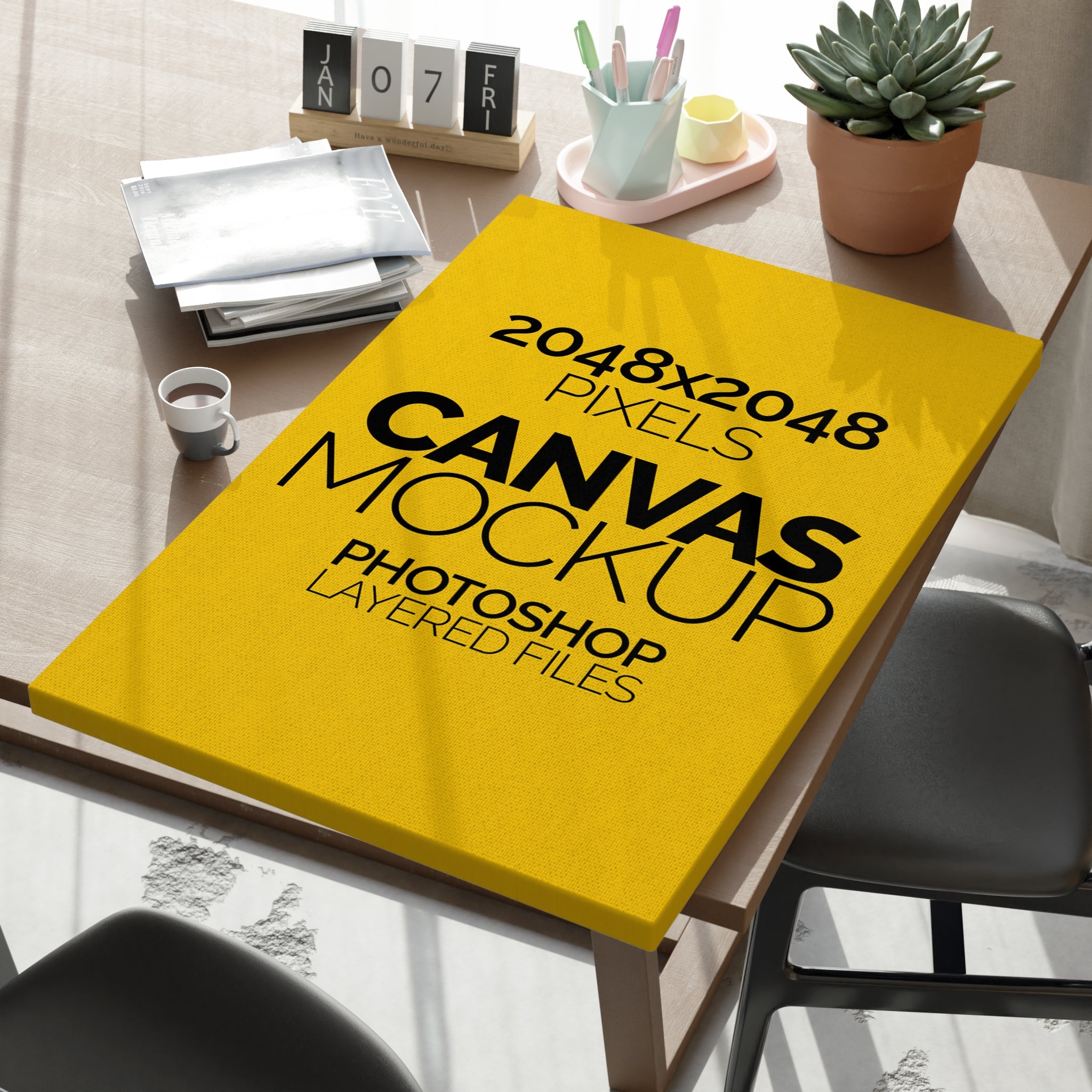Not because they’d seen your work before — but because your mockups looked exactly like everyone else’s.
That’s the trap: a sea of generic mockups, all clean, minimal, soulless — and painfully interchangeable.
At Banana, we’re not just mockup makers. We’re brand loyalists. And one thing we know for sure: your visuals should work for your brand, not against it.
So let’s talk about how to build a mockup library that isn’t just functional, but feels like you.
Step 1: Define the Visual Language of Your Brand
Before you start downloading or buying anything, sit down with your brand.
Not your logo. Your brand. Your voice. Your tone. Your values. The feeling you want someone to get when they land on your site or pick up your product.
Ask yourself:
Are you warm and natural, or sleek and futuristic?
Is your color palette muted, neutral, or bold?
Do you want your brand to whisper or shout?
Your mockups should reflect this emotional tone. Not override it.
Step 2: Think Beyond One Product — Think System
Brands don’t live in one SKU.
Even if you're selling one main product today, odds are you’ll expand (or at least cross-sell). That means your mockup library should scale with you.
Don’t grab one-off styles that only work for a specific campaign. Instead, look for collections — mockup bundles that:
Use consistent lighting and environments
Feature a wide range of product sizes and angles
Can work across web, social, email, and ads
It’s the same reason fashion brands shoot entire campaigns in one set or location: it feels intentional.
Step 3: Choose Mockups That Aren’t Trying to Be the Star
A good mockup doesn’t compete with your design — it supports it.
This is where most sellers go wrong. They choose mockups that have:
Distracting shadows
Too-trendy backdrops
Over-styled “aesthetic” props
Sure, it looks cool. But does it sell?
Your product should shine, not the mockup itself.
Choose compositions that serve the story of your product, not someone else’s idea of good design.
Step 4: Align Mockups with Customer Touchpoints
Where will these mockups live?
Your Shopify store? Etsy listings? Instagram Reels? Email campaigns?
Each platform has its own rhythm, format, and audience expectations. A hero image for your site is not the same as a scroll-stopper on social.
Your mockup library should reflect that versatility.
At Banana, we design mockups with purpose: some for conversion, some for storytelling, some for speed.
Start curating with these categories in mind:
- Homepage Heroes
- Product Thumbnails
- Lifestyle Scenes for Ads
- Social-Ready Reels & Square Formats
- Zoom-In Details or Packaging Mockups
Step 5: Curate. Don’t Collect.
A mockup library isn’t a Pinterest board. It’s a toolkit.
You don’t need 100 options. You need 10 really good, on-brand, high-converting ones.
When you download a new mockup, ask:
Does this fit my visual tone?
Will this still look good 6 months from now?
Can I use this across multiple products or campaigns?
If it doesn’t serve your strategy, ditch it.
If it elevates your design, keep it in the library.
Final Thought: Your Brand Isn’t Generic — So Why Are Your Mockups?
Good brands don’t happen by accident.
Neither do good visuals.
Your mockups are an extension of your product, your ethos, your experience. They’re not decoration — they’re part of the pitch.
At Banana, we build collections with cohesion in mind. Every mockup tells part of a bigger story. If you’re tired of building your brand on someone else’s aesthetic, you’re not alone — we’re here for the brands that want more.
Let’s ditch the templates and build a mockup library that actually feels like you.
